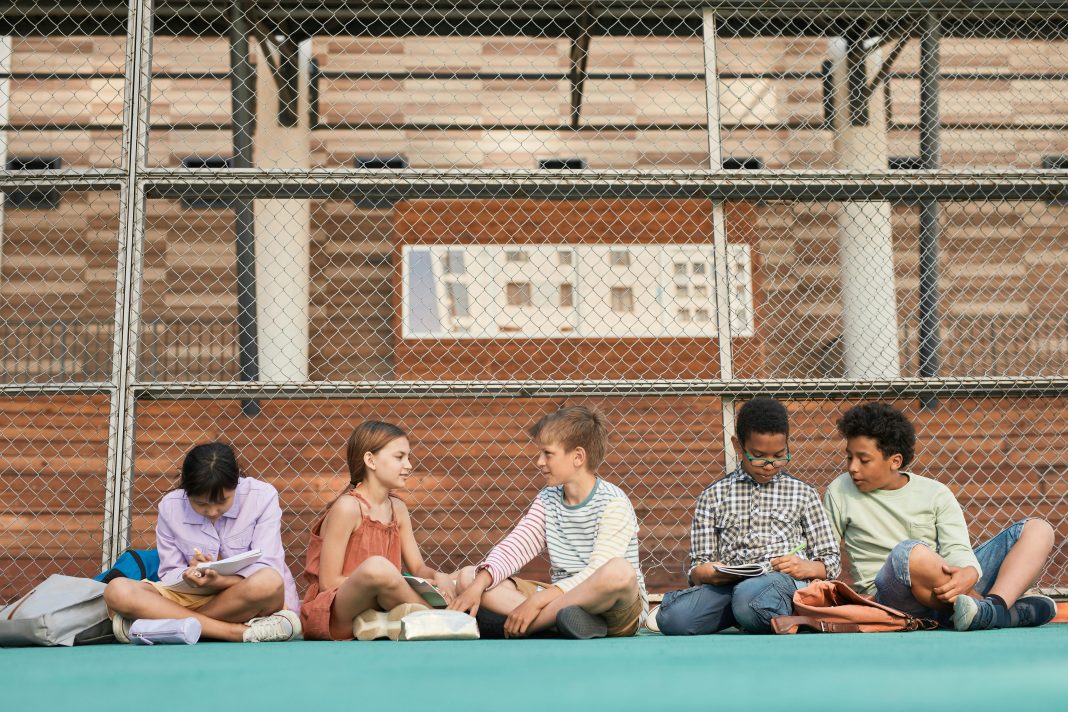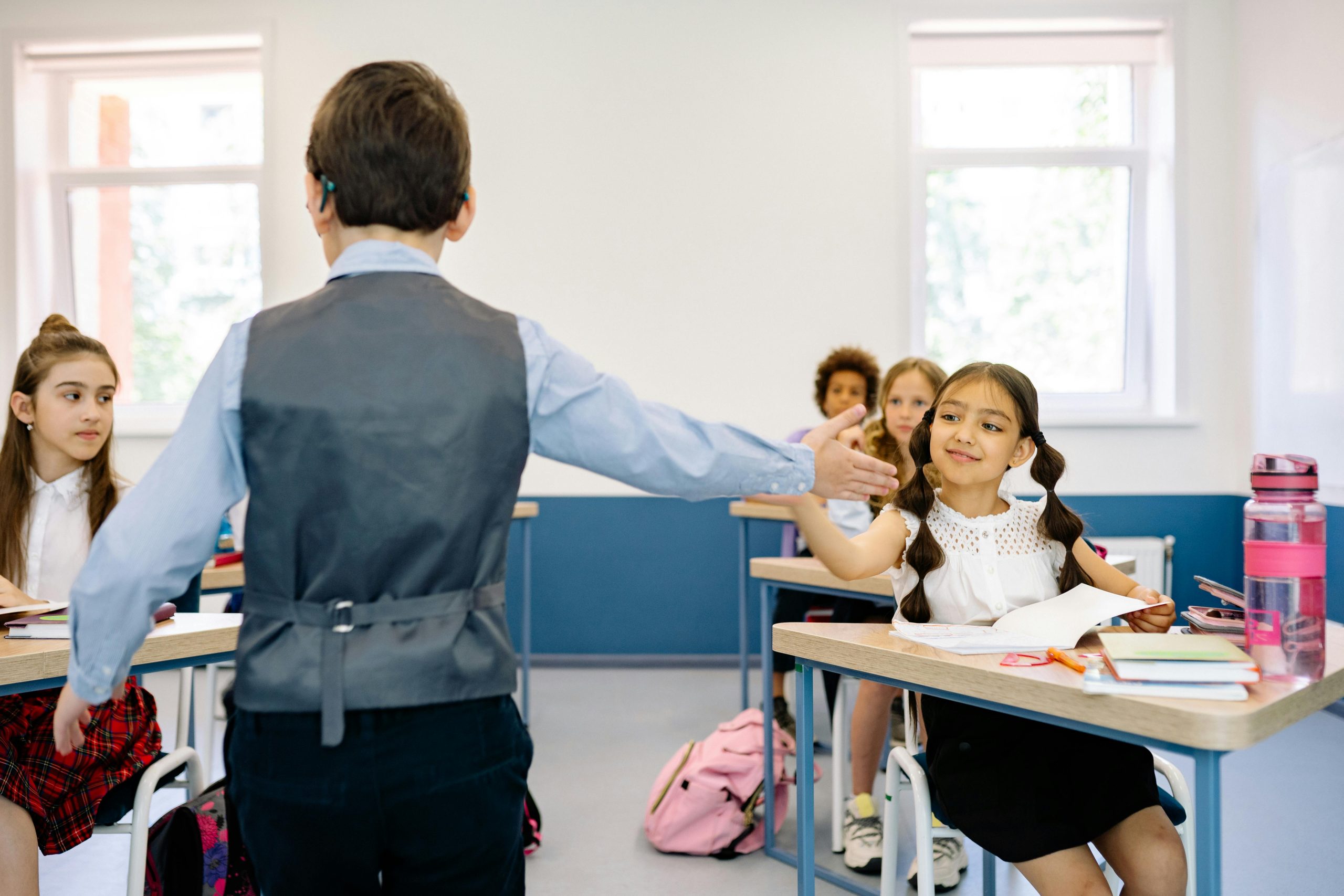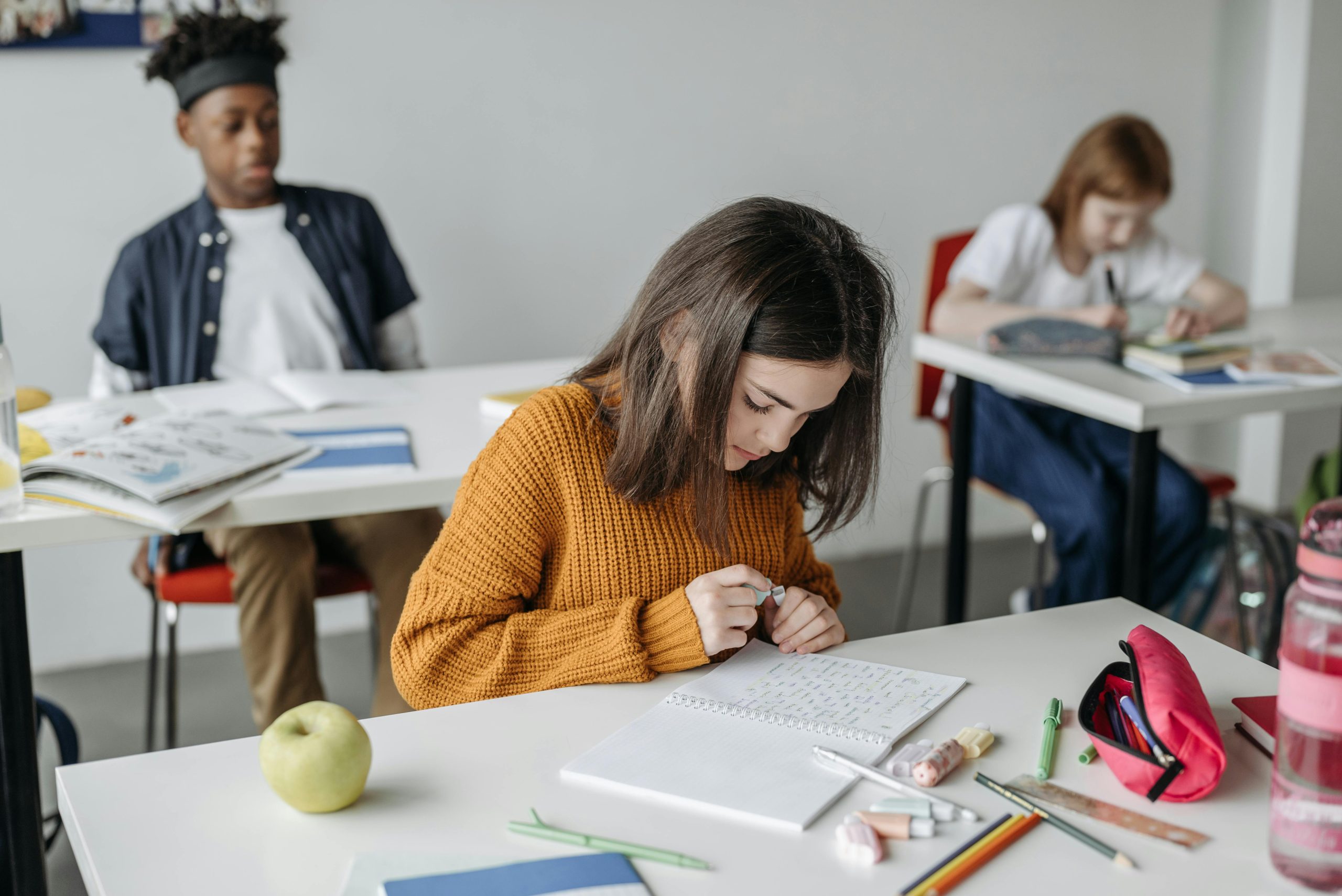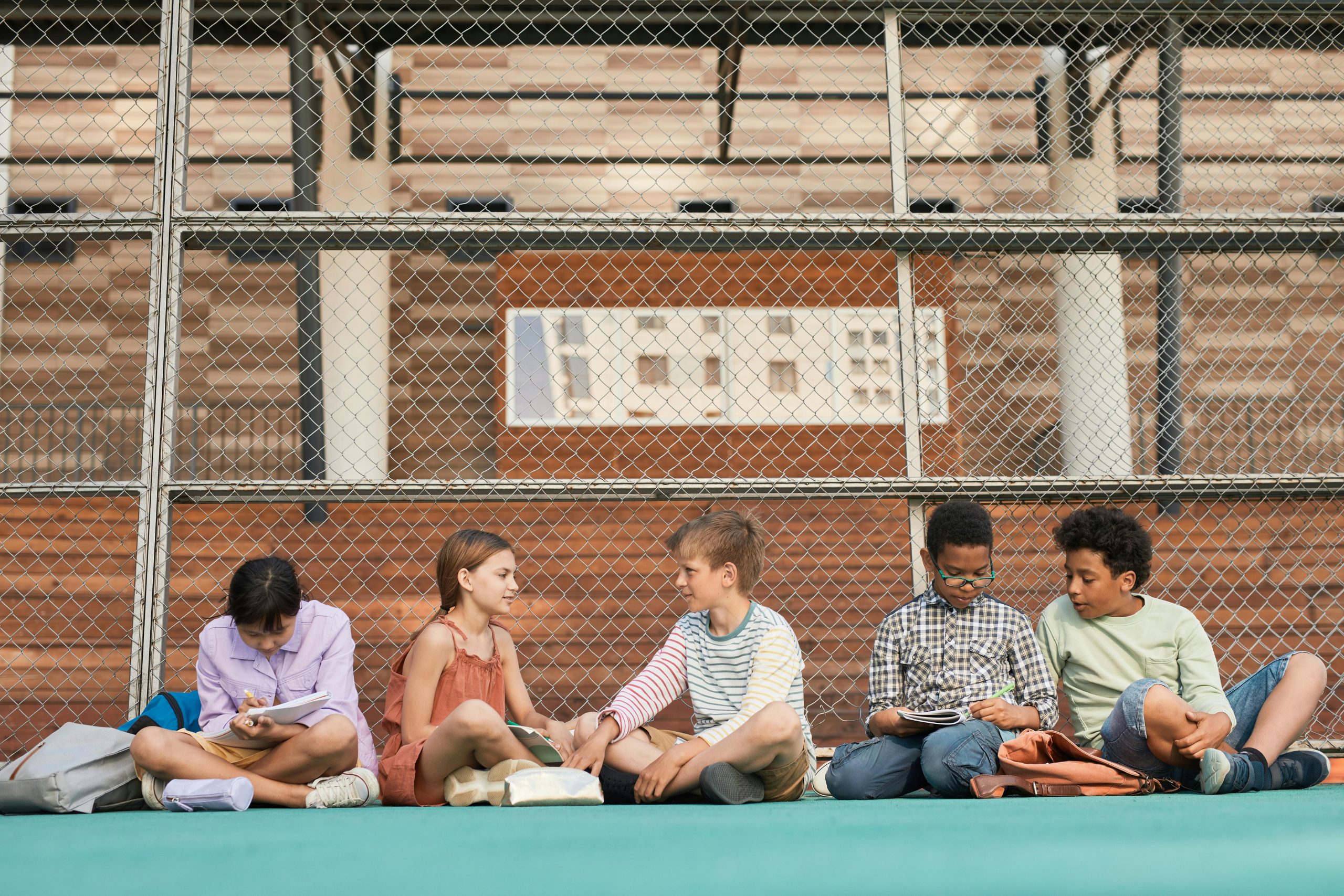Speaking and listening skills are a key aspect of every subject and every part of the day. Since the pandemic, schools have been facing challenges in trying to help students develop these skills, so this area has taken on a special urgency. In my school district, there is active encouragement to have less “teacher talk” and more academic conversation and interaction between students, which both honors their perspective and increases their opportunities to speak and listen to each other.
Encourage Daily Gratitude
This year, I’m weaving together one new and three updated practices that encourage student conversation and listening. The first practice is new, and it was inspired by my summer holiday reading of the wonderful Braiding Sweetgrass: Indigenous Wisdom, Scientific Knowledge, and the Teaching of Plants, by Robin Wall Kimmerer. In the book, Kimmerer talks about how the Haudenosaunee Confederacy start meetings with lengthy expressions of gratitude toward specific and diverse aspects of nature.
At the start of the school day, I have a few minutes to spare when taking attendance, and I thought it seemed like an opportunity to have the students speak and listen. So, each day, I ask a student to suggest something specific we can be grateful for. Examples have been books, oxygen, the color yellow, friends, water bottles, buses, and trees. While partners discuss the day’s suggestion at their table, I take attendance. At the start of the year, I had every student share how they were grateful, which was powerful for establishing good listening practices but too time-consuming, given the need to launch into other required curriculum lessons. So, now I have the kid class president pick one or two pairs to share.
Kid CLASS President is Back!
Two years ago when I was teaching grade one, I launched the kid class president. At that time, it linked well with our writing curriculum. I had no plans to resurrect it, since we have a new curriculum. However, now that I’m teaching grade three, a number of my former grade one students are in my class. One of them independently wrote a speech (using what she had learned about opinion writing in grade one) and asked if she could share it. Suddenly, she had relaunched the kid class president, citing that one of her reasons for doing so was her hope that it would inspire others. It did, and now a third of the class are signed up to be the president.
Having a class kid president is a wonderful opportunity for students to engage with responsibility. It’s also perfectly timed for an election year, as it allows us to talk about the functions and procedures of American democracy (without getting into any party politics). For the class presidency, I have the following procedures and privileges:
-
The president can “rule” for the entire week.
-
They can use my big green teacher chair.
-
They can pick students who want to share ideas or answer questions (as long as they have a fair system for doing so).
-
They can have a vice president, but vice presidential nominees must also write their own speech.
-
They can delegate privileges to their vice president.
-
They lead a “tidy table” inspection once per presidency.
-
They can select the order of which people line up and who takes the lunch cart.
-
They ring my “attention please” Tibetan singing bell, and it can stay on their desk.
-
Presidents can write a second speech if they want to go for reelection.
-
The only actual voting we do is to decide the order of nominees if more than one student gives a speech at a time. If they have written a speech explaining their reasons to be president, then they will have a chance to lead.
Choice Writing
Our new reading and writing curriculum is rigorous and intense, and there are fewer opportunities for creative writing than there were previously. This is a shame, as I have found that the most fun the students have with language is when they are given permission to use their imagination and share with their peers. Luckily, we have at least one spare writing lesson a week and some small windows of time where I allow the students to choose what they write about. At first, only my most confident writers knew how to occupy this time, but now every student is enthusiastically using the time, either on solo or team writing projects. The secret inspiration? Storytelling!
Storytelling is always the fun choice
I have long been promoting the benefits of storytelling in elementary school classrooms, especially in how it promotes speaking, listening, and writing. The only window in my busy day for storytelling is during my snack break. As usual, I start by telling stories in the normal interactive way, with student volunteers called up to act out the story as it unfolds. This always inspires students to write stories at home and become storytellers themselves.
Being in the same wing as the kindergarten classes allows me to continue a practice I began when I was a grade one teacher: having student storytellers first practice with their peers and then tell their stories to a kindergarten class. This increases students’ opportunities for listening and speaking and helps develop the same skills in the youngest students. In mid-October, we celebrated our first kindergarten storyteller who wrote a story at home and told it to his classmates.
Purpose and Fun
The key to increasing speaking and listening is to find ways to make it academically purposeful but also fun. The average class contains a wide range of skills, from the students who can’t contain themselves to the painfully shy ones. But hopefully, with the above techniques, all of your students will find a structure and a scaffold to help them develop skills that they‘ll need for the rest of their lives.
Cre: Edutopia







